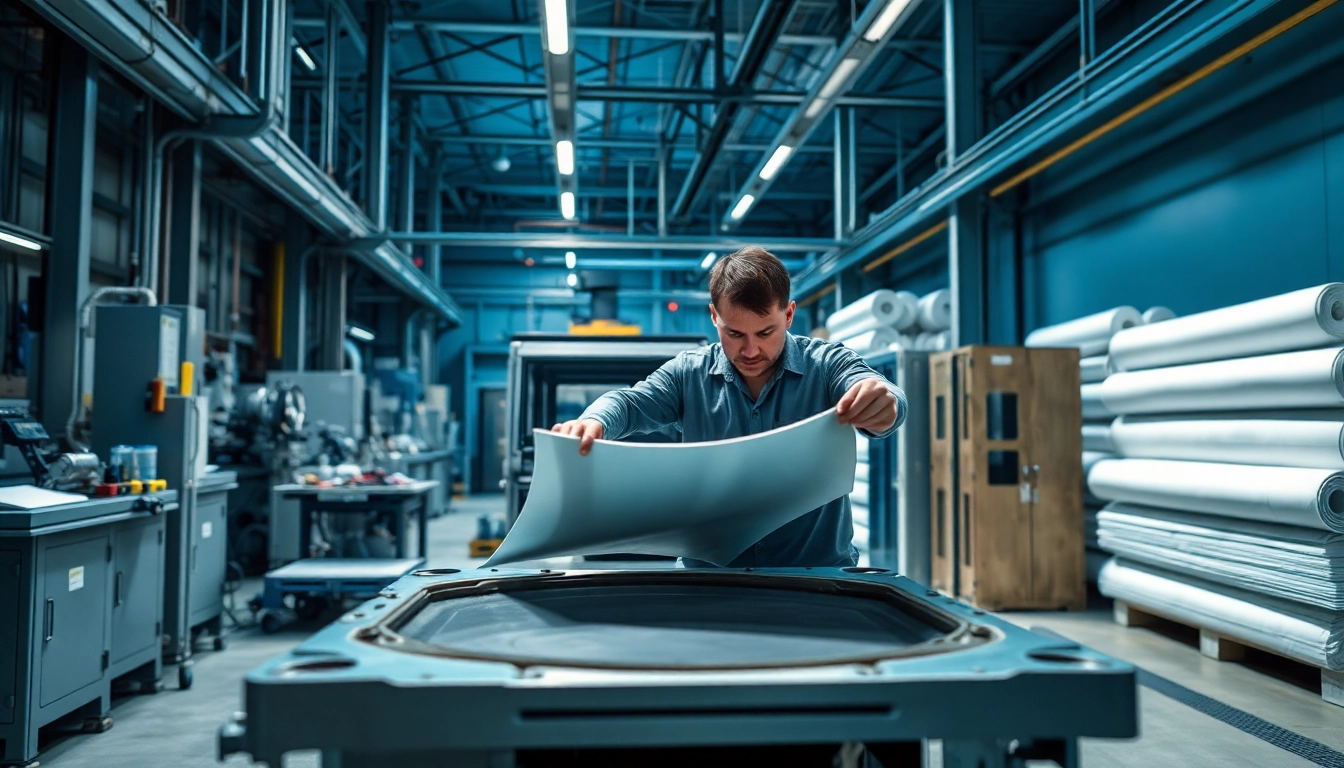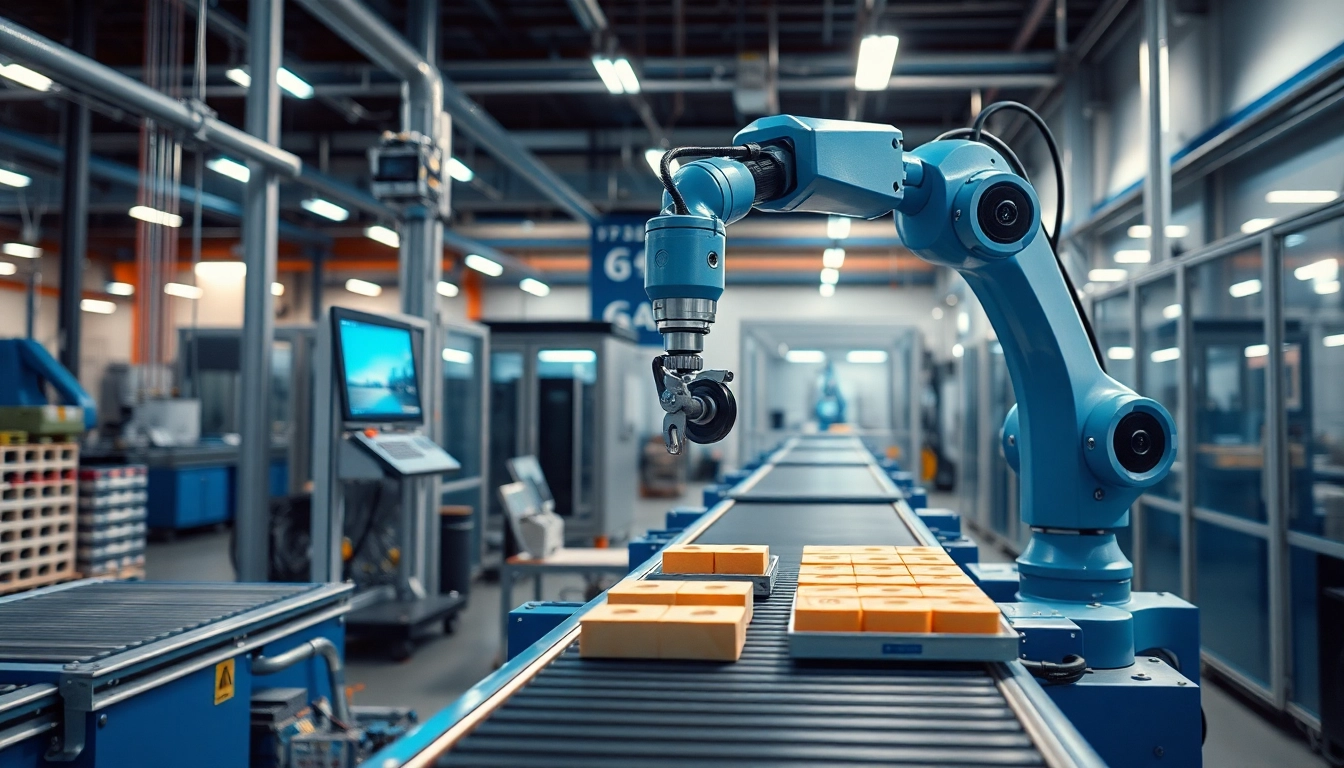Introduction to Epoxy Prepregs
In the realm of advanced manufacturing, materials play a pivotal role in determining the efficiency, strength, and longevity of the final products. One such revolutionary material that has garnered significant attention is epoxy prepregs. These composite materials have transformed how industries such as aerospace, automotive, and manufacturing approach product design and fabrication, bringing forth numerous advantages over traditional materials.
What are Epoxy Prepregs?
Epoxy prepregs, short for pre-impregnated composite materials, consist of reinforcing fibers—typically carbon fiber, glass fiber, or aramid—pre-impregnated with a liquid epoxy resin system. Unlike traditional composites that require manual mixing of resin and hardeners, epoxy prepregs come already prepared, promoting ease of use and consistency in the manufacturing processes. Each prepreg layer contains a predetermined weight of resin and hardeners, allowing for precise control over the final product’s material properties.
Components of Epoxy Prepregs
The primary components of epoxy prepregs include:
- Reinforcing Fibers: Fibers such as carbon and glass provide the primary structural strength of the composite material.
- Epoxy Resin: This component serves as the matrix that binds the fibers together, enhancing their structural integrity.
- Curing Agents: These are catalysts that expedite the curing process, allowing the resin to harden and achieve its final properties.
- Release Agents: Applied to the molds, these agents facilitate the easy removal of the cured prepreg from the mold without damaging the surface.
Applications across Industries
Epoxy prepregs find multifaceted applications across various industries:
- Aerospace: Used extensively in manufacturing lightweight and strong components for aircraft, including wings and fuselage.
- Automotive: Ideal for producing parts that require high strength-to-weight ratios, such as chassis and safety components.
- Sports Equipment: High-performance sporting goods, including bicycles and helmets, utilize epoxy prepregs for optimal performance.
- Wind Energy: Wind turbine blades crafted from epoxy prepregs offer durability and efficiency in harnessing wind power.
Benefits of Using Epoxy Prepregs
Transitioning to epoxy prepregs provides numerous benefits over traditional manufacturing materials:
Advantages Over Traditional Materials
Compared to conventional materials, epoxy prepregs offer superior performance characteristics such as:
- Weight Reduction: The lightweight nature of prepregs is one of their main appeals, essential for industries where every gram counts, such as aerospace.
- Design Flexibility: They allow complex shapes and designs that are often impossible with metals or traditional composites.
- Strength and Durability: Epoxy prepregs exhibit excellent tensile strength and resistance to environmental factors.
Cost Efficiency and Sustainability
Utilizing epoxy prepregs can also lead to cost savings in the long run. Although the initial cost may be higher than standard materials, the efficient manufacturing process, reduced waste, and enhanced product lifespan ultimately offer significant savings. Additionally, many epoxy formulations are now being developed to be more environmentally friendly, contributing to sustainability goals.
Enhanced Performance Characteristics
Epoxy prepregs provide enhanced performance attributes that are vital for high-demand applications:
- Thermal Stability: They can withstand high temperatures without degrading or losing strength.
- Chemical Resistance: The epoxy matrix resists corrosion from various chemicals, making them ideal for harsh environments.
- Fatigue Resistance: These materials tend to survive cyclic loading much better, ensuring longer operational life.
Choosing the Right Epoxy Prepregs
Factors Influencing Selection
Selecting the appropriate epoxy prepregs involves considering several factors:
- Application Requirements: Understand the mechanical and thermal properties needed for the end product.
- Processing Methods: Ensure compatibility with your manufacturing processes, such as vacuum bagging or autoclave curing.
- Cost Constraints: Balance performance with budgetary limits while ensuring quality is not compromised.
Common Myths Debunked
There are several misconceptions surrounding epoxy prepregs:
- Myth: They are too expensive for most applications.
Fact: While the upfront costs may be higher, the long-term savings and efficiencies make them cost-effective. - Myth: Epoxy prepregs have a short shelf life.
Fact: With proper storage conditions, many epoxy prepregs can be stored for extended periods without significant loss in performance. - Myth: They are hard to work with.
Fact: Once the initial learning curve is overcome, manufacturers often find that prepregs are easier and cleaner to handle than wet layup methods.
Comparative Analysis with Other Prepreg Types
When considering prepregs, it is essential to compare epoxy prepregs with their counterparts, such as phenolic and vinyl ester prepregs. Epoxy prepregs generally offer better adhesion, mechanical strength, and temperature performance than phenolic, which excels in fire retardancy but falters under moisture. On the other hand, vinyl esters can outperform epoxies in terms of chemical resistance but typically do not match their strength or thermal properties.
Best Practices for Working with Epoxy Prepregs
Proper Storage Techniques
Adhering to correct storage practices is crucial for maintaining the integrity of epoxy prepregs:
- Store in a cool, dry environment, ideally below -18°C to avoid premature curing.
- Avoid exposing them to direct sunlight or high humidity to prevent degradation of the resin.
- Keep the prepregs vacuum-sealed or in airtight containers to avoid contamination and moisture absorption.
Optimal Processing Conditions
The processing of epoxy prepregs is vital for achieving desired mechanical properties:
- Follow manufacturer guidelines for curing temperatures and times to ensure optimal performance.
- Utilize appropriate equipment, such as autoclaves or ovens, to provide controlled curing conditions.
- Monitor the environment during processing to maintain consistent temperature and ventilation levels for the best results.
Safety Guidelines in Handling
Working with epoxy prepregs requires adherence to safety protocols to protect personnel:
- Wear appropriate personal protective equipment, such as gloves and masks, to avoid skin contact and inhalation of fumes.
- Ensure adequate ventilation in workspaces to minimize exposure to chemical vapors.
- Implement emergency procedures for spills or accidents involving resin components.
Future of Epoxy Prepregs in Manufacturing
Emerging Trends and Innovations
The future of epoxy prepregs in manufacturing is filled with innovative advancements:
- Smart Materials: New developments are integrating sensors into epoxy prepregs for real-time monitoring of structural integrity.
- Advanced Curing Technologies: Innovations like UV curing systems are being developed to expedite processing times and improve efficiency.
- Sustainable Practices: Increased focus on bio-based epoxies and recycled materials aims at reducing the environmental footprint.
Market Forecast and Industry Impact
The demand for epoxy prepregs is expected to grow significantly in the coming years, primarily driven by the aerospace and automotive industries, where lightweight and high-strength materials are crucial for performance. New market entrants focusing on customized solutions and sustainable materials will further diversify the options available to manufacturers.
Case Studies and Success Stories
Numerous successful implementations of epoxy prepregs can be highlighted:
- Case Study 1: An aerospace manufacturer utilizing epoxy prepregs to produce lightweight wing structures saw a reduction in weight by 30%, drastically improving fuel efficiency.
- Case Study 2: A sports equipment company adopted epoxy prepregs in their bike frames, leading to a 25% increase in performance ratings and customer satisfaction.
Continued advancements and exploration of epoxy prepregs promise to influence manufacturing practices positively, as companies strive for efficiency, sustainability, and high performance.


